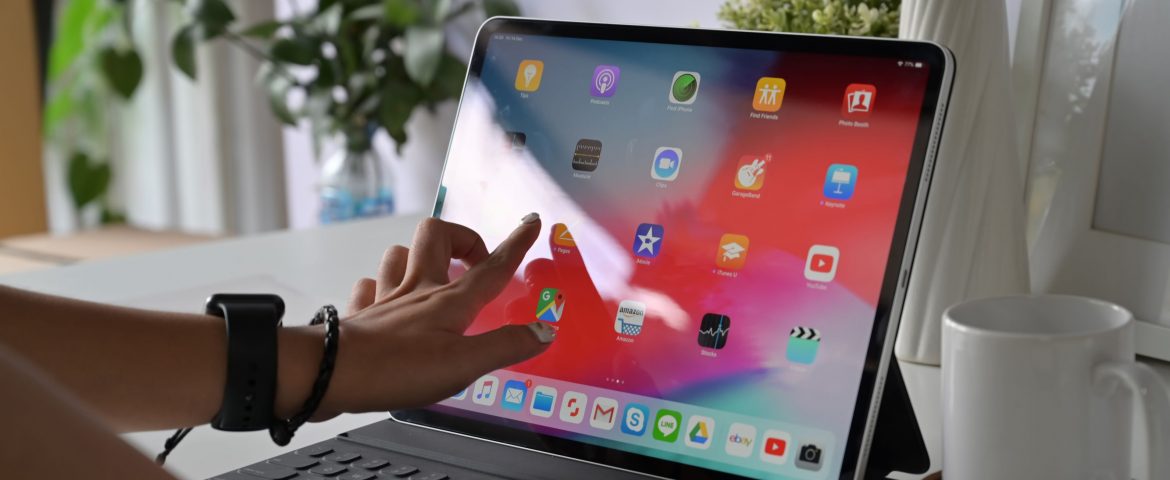Here are some helpful ways to stay physically and mentally healthy while working from home.
1. Set a routine.
Setting an every-day routine helps create a psychological barrier between work and home. It creates a definition of which spaces are for work and which are not-work zones, with physical, and mental space, and capacity.
If you used to work in person, it’s important to keep the same pre-and post-work routine as you had prior to working from home. This might be: setting an alarm, showering and getting dressed in the morning, working out before or after working hours, or whatever an in-person work schedule might have included.
Working in pajamas or from the bed or couch may feel nice at first, but there are some hidden mental costs.
For example, if you find yourself: unmotivated to finish work-related tasks, experiencing burnout, having trouble falling asleep at night, or being able to relax/rest, you may not have enough mental separation between work and non-work tasks. Routines serve as an aid and mental cue for our minds to know what is work and what is not work. It may be helpful to pick a physical motion to signal that work is done. Say physically pick up your computer and set it to the side or close the notebook that you were taking notes in all day, some sort of physical action item will “close the tab” of work in your mind.
2. Say or type expectations.
Communicate with your co-workers and boss about how you are going to work. This can include your working hours, your preferred method of communication with them, and your home situation (i.e. kids, spouse or pet). You cannot guarantee that your work or calls will be interruption-free, and that’s ok. Each remote employee is in the same boat.
Being open and honest with your colleagues about the difficulties with a certain form of working will help reduce anxiety and ensure everyone is on the same page. If it is not said or typed, the other person may not know it is affecting you.
3. Create an office space.

As mentioned above, creating physical boundaries around your work area can reinforce the message that you’re working, for both yourself and others in your home. If possible, find a space with a door that can be closed while you’re working. If that isn’t an option in your home, create a designated “desk” area that is only used for working.
Whatever office space you create, communicate with your spouse and children or roommates that you should not be disturbed while in this space to help limit distractions and stay focused. Try noise canceling headphones or a headset for calls so others in the home know when you’re busy in virtual meetings. Of course, also communicate with them that you’d be happy to talk with them/address their needs outside of working hours or for an emergency.
4. Eat the frog.
Mark Twain once said that if the first thing you do each morning is eat a live frog, you can go through the day knowing that nothing worse will happen to you the rest of the day. Your “frog” is your biggest, most important task, the one you are most likely to procrastinate if you don’t get it done right away. Start each morning by completing your most challenging task first so that it isn’t looming over your head the entire day. If you have two frogs, eat the bigger one first, the one that must be done sooner. You’ll find that other tasks fall-in-line with less effort, and that your overall productivity has increased.
5. Take breaks.
We are more likely to sit at our computers all day without taking breaks when we don’t have the social cues from the others in our work environment. Cues such as people leaving for lunch, breaking for coffee, or even getting up to walk around every once in a while.
Try to take a break every one to two hours for a cognitive recharge and to get your body moving. Engaging in unfocused activities have been shown to be most effective, such as chatting with someone, going for a walk or meditating. Using your breaks for social connection or an activity you enjoy can be very beneficial to reduce the mental stress you may be carrying with you during the day.
6. Set work boundaries.

It can be difficult to separate your work life from your personal life when they are under the same roof, but it can also be taxing on your health and wellbeing as it may lead to burnout. Make sure you are working reasonable hours and sticking to the schedule you created.
For example, if you typically work from 9 a.m. to 5 p.m., you should leave your designated workspace and start your “wind-down” routine once 5 p.m. hits. Turn off notifications from your phone and computer so you are not pulled back into work after hours. This way, work really does start and end as work should if you were in-person.
7. Socialize and stay connected.
Working remotely can cause people to feel isolated, making it more important to routinely check in with your team – and not just about work-related events. Throw in a GIF or image every once in a while to keep things more lively. Schedule video chat lunches, team happy hours or virtual birthday celebrations for co-workers. If you have “video meeting burnout,” here are some tips to help.
8. Ask for help.
 Professional therapists are there to listen to you and offer tools to help solve any identified problems. Virtual care is also there to access professional behavioral health care providers for an online therapy session. Ask your health insurance provider what resources are available to help you stay healthy while working virtually.
Professional therapists are there to listen to you and offer tools to help solve any identified problems. Virtual care is also there to access professional behavioral health care providers for an online therapy session. Ask your health insurance provider what resources are available to help you stay healthy while working virtually.
Priority Health provides members with information like what kind of help is available, what your plan will cover and how to find counselors or behavioral health care providers to meet your needs. An on-staff behavioral health team is available to help 24 hours a day, seven days a week. Call the number on the back of your member ID card (your call is completely confidential) or log into your online account. Priority Health members can also access the Wellbeing Hub, a great resource for tips and tricks to help boost your mental health.
Priority Health has also partnered with a digital health specialist to offer free access to “myStrength,” which offers mental wellness resources. If you are a Priority Health member, check to see if $0 cost share for behavioral health virtual visits is available as part of your plan.
Although working from home can bring about many challenges, it also allows you to get creative and explore new opportunities. Experts say it can be helpful to focus on the positives of working from home, rather than the negatives. So think about all of the time and money you are saving avoiding the commute to work as you shut down your laptop for the day


